Today is Tuesday. The day I’m writing this. Tuesday.
But it’s also Friday. Because that’s when you’re reading it. Friday. Strange, no? The existence of twin temporalities? It’s enough to give me a headache.
Fortunately, that prospective malady will be the only one I complain about today. Because I’m finally feeling better. It only took 3 weeks, but hey, who’s counting?
Today (Friday) is no ordinary day, though. It’s Good Friday, which is holy in the Christian tradition, because it was first holy to the Jews. Jesus’ last supper was a Seder, because he was Jewish, which explains why Passover and Easter always seem connected.
They are.
If you were here in Northern New Mexico today, (Friday) and you drove along the highway, you might see pilgrims walking along the side of the road. There are hordes of them who head from all directions towards Chimayo, where they’ll convene to pray, and commune with the seemingly-sacred healing dirt.
I don’t know much about it, to be honest. But I do know that I’m sitting here in a mostly empty classroom, today, because many of my students celebrate. Some of them are even on a pilgrimage of their own, walking South from Costilla, on the Colorado border, to Questa, 20 miles away.
I should have asked them why they do it, but it didn’t cross my mind at the time. 20 miles is a long stretch, if you ask me. So I’d guess the suffering relates to the nasty business Jesus faced at the end of his life.
People often feel the need to walk until their bodies are begging to give out. To push their flesh to the breaking point, in the hope that their spirits will ascend to new knowledge planes. I’ve been known to drive to the Post Office, a mile away, so I’m clearly not one of those people.
But Alexandra Huddleston is. And she’s a New Mexican to boot. So perhaps we might learn a thing or two from her experience.
I know this having just looked through “East or West: A Walking Journey Along Shikoku’s 88 Temple Pilgrimage” her new book, published by Blind Cat Valentine. As I said earlier this year, I’m trying to expand my definition of a reviewable book, and this one helps me do just that.
Apparently, in September of 2010, Ms. Huddleston set off on an 800 mile walk around the Japanese island of Shikoku, so she could follow the Buddhist pilgrim’s trail to the aforementioned 88 temples. Her diary entries, which are included within, seem to indicate that she made the trek over 7 weeks time. Which means her feet must have been really f-cking tired, when all was said and done. (Her blisters must have had blisters.)
The intro text also mentions that she completed the 500 mile Camino de Santiago pilgrimage in Spain the year prior, which means 1300 miles all told, in search of understanding in two religions. East and West.
Now, the reason why I’d normally not review this book is that the pictures are not amazing. They’re very good, for sure, but I normally prefer a shade more pizazz. More oomph. More edge.
But they are personal, and in conjunction with the diary entries, which tell tales of poisonous centipedes, Korean monks, and free mochi, I get a real sense of who Ms. Huddleston is, and what she’s searching for in this life.
The book is intimate, and thoughtful, and it feels like something she’s sharing with the world, even though it was really meant for her. A way to flesh out her thoughts, to codify her memories, and to honor her journey.
That’s my takeaway, at least, and I felt that it was worth sharing with you, today (Friday? Tuesday?) so that we could acknowledge the power of other peoples’ beliefs, and wish them well as they pray, walk, and ponder.
Bottom Line: A personal, pilgrim’s journey around a Japanese island
Go Here To Purchase “East or West: A Walking Journey Along Shikoku’s 88 Temple Pilgrimage”
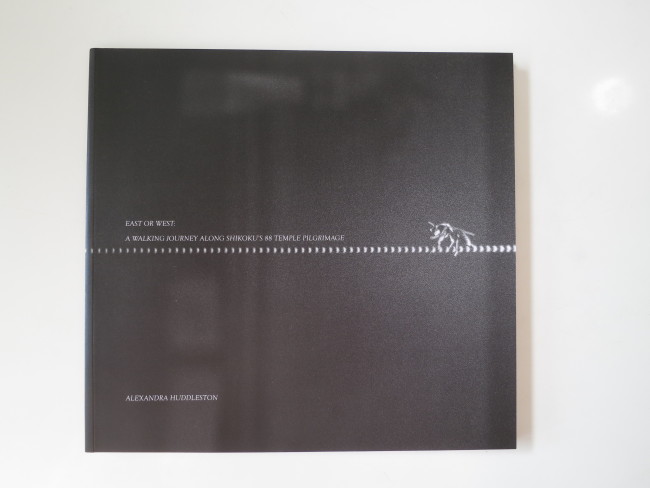
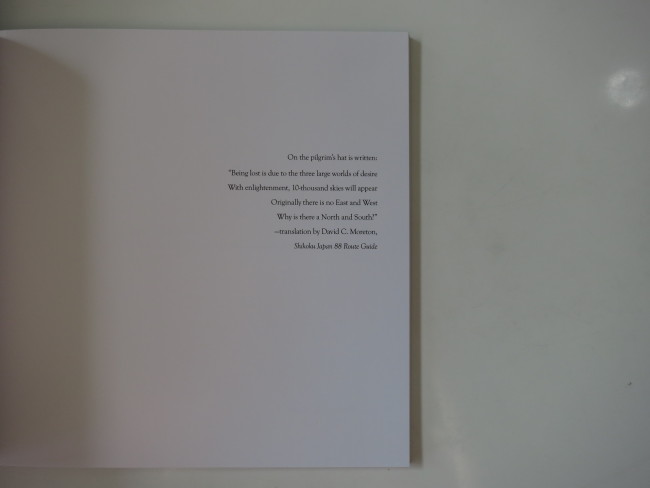
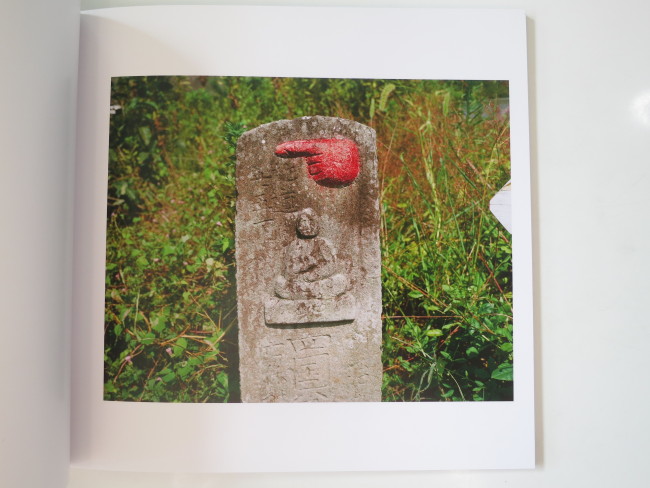
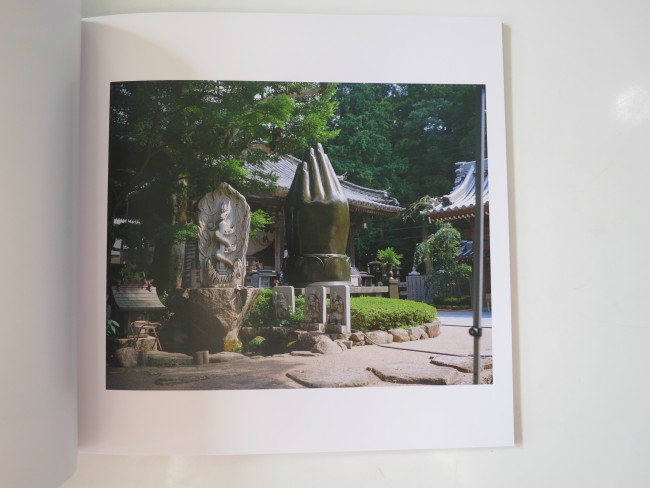
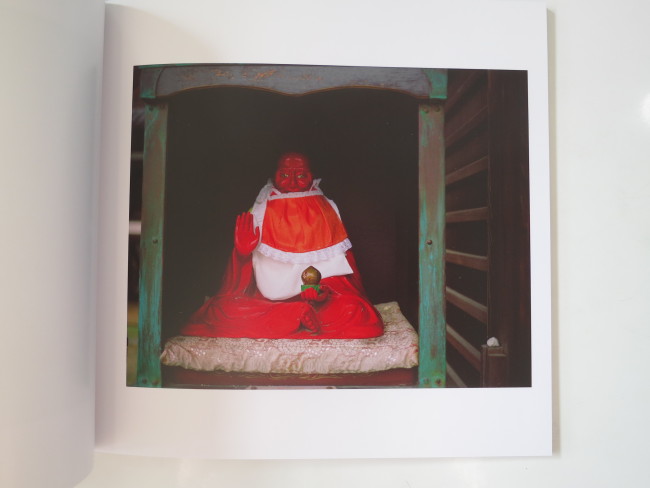

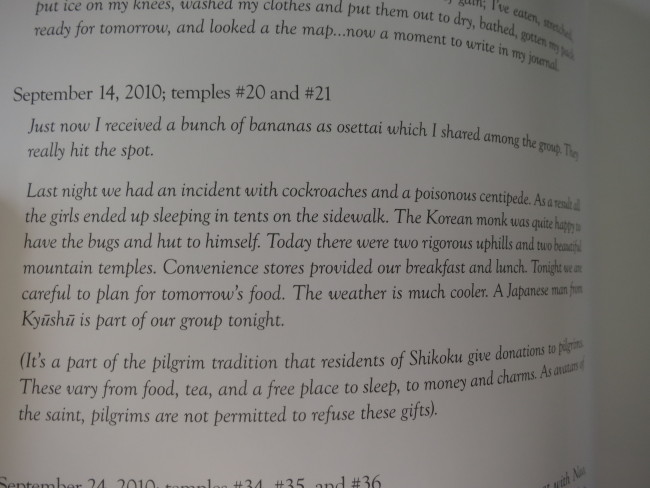

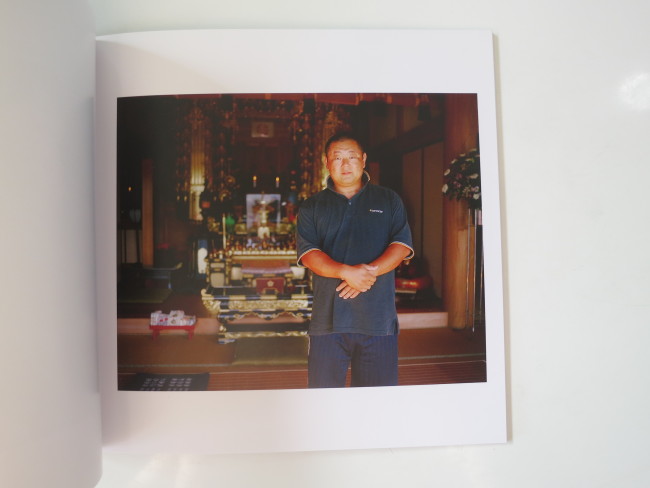
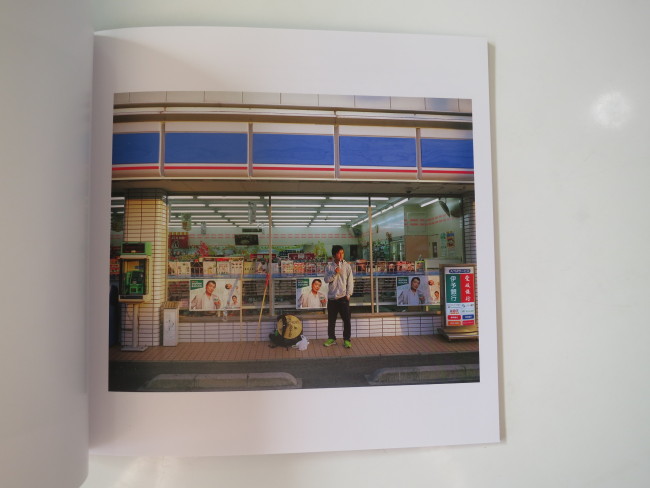

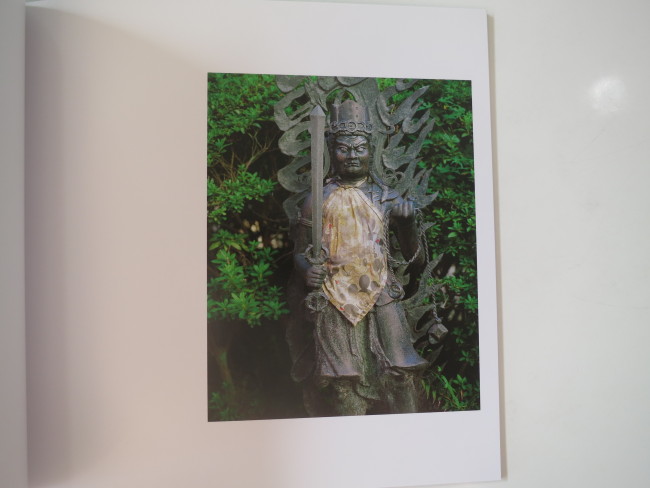
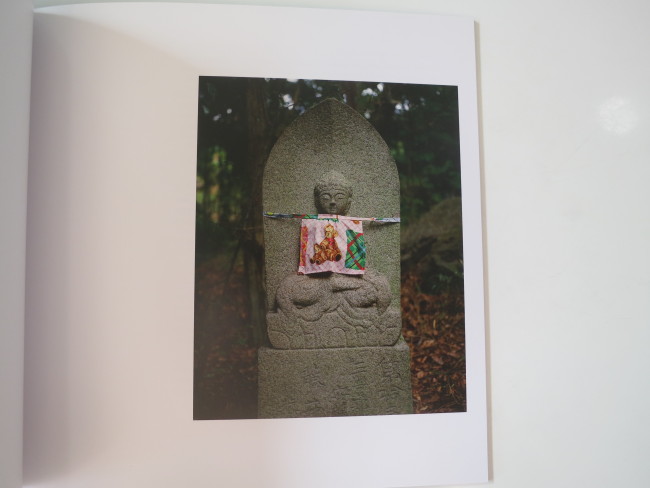
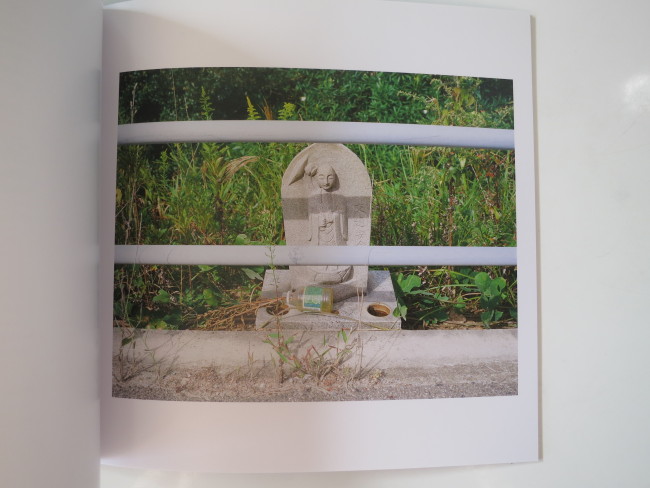
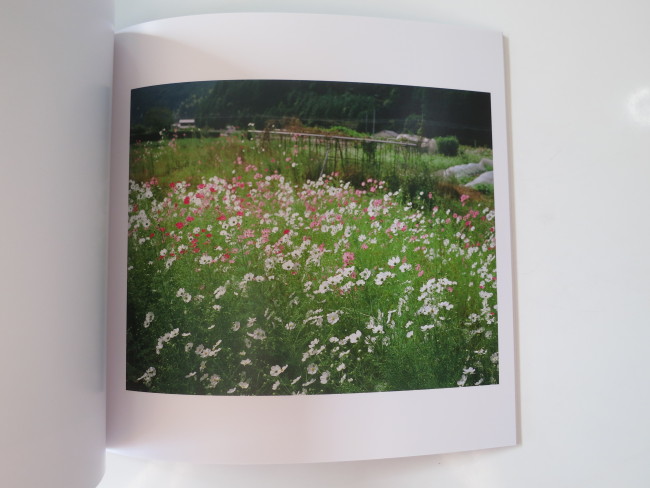

2 Comments
[…] https://aphotoeditor.com/2015/04/03/this-week-in-photography-books-alexandra-huddleston/ […]
walking is our primal mode of transportation and everyone should at least once in their life experience the different phases one’s body goes through when falling back into that old rhythm.
Comments are closed for this article!